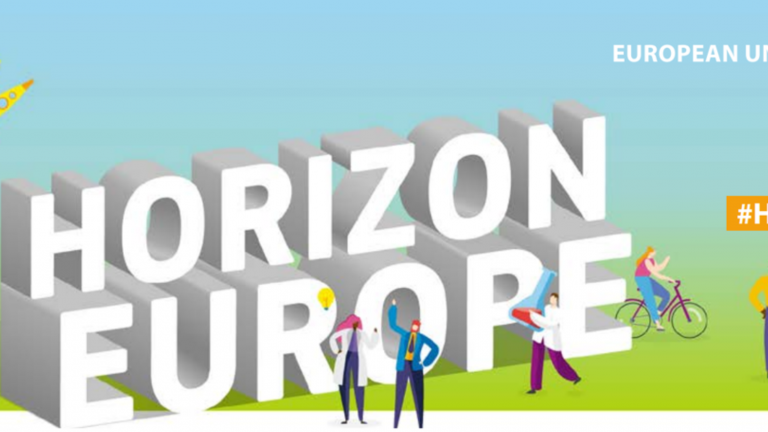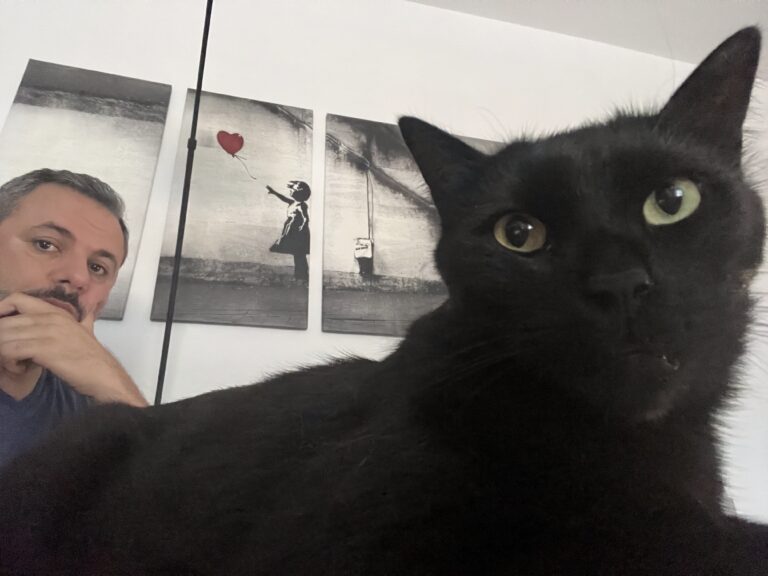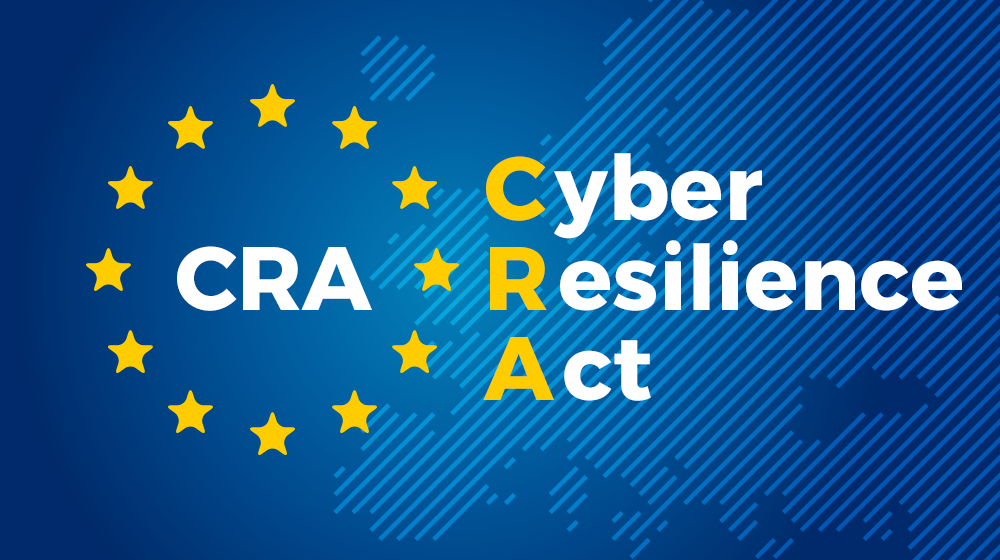The Horizon Europe programme represents a watershed for Europe’s research-driven economy, yet for many ambitious SMEs its application process can feel like scaling Everest. Success begins with rigorous preparation: a clear demonstration that your innovation has reached Technology Readiness Level 6 or beyond, a compelling business plan showing market fit and scalability, and evidence of a strong team capable of delivering. SMEs that allocate time and resources to engage the Enterprise Europe Network’s advisory services and to participate in the European Innovation Council’s Business Acceleration Services: sharpen their proposals, refine financial projections, and rehearse investor-style interviews long before the cut-off date arrives. In practice, this means mapping out every work package in detail, securing letters of support from prospective corporate or research partners, and even commissioning mock evaluations under real-world review criteria.
Once that Horizon Europe award is in hand, often in the form of a blended package of up to €2.5 million in grants and a simultaneous equity tranche through the EIC Fund, SMEs can turn immediately to syndicate funding as the next lever of growth. The EIC Fund itself is structured to “crowd in” co-investments at a ratio of three to five times its own checks, working alongside a syndicate of venture capital, corporate backers, and family offices to build a truly patient-capital foundation. Within existing Horizon Europe rules, this integration can be made explicit: proposals can be framed as “blended finance” calls, with SMEs committing to secure a defined level of private co-investment as a condition of grant disbursement. Digital platforms, championed by the EIC’s community portal and the European Commission’s matchmaking services, serve as marketplaces where Seal of Excellence holders and syndicate investors find each other, enabling real-time co-funding arrangements without deviating from EU procurement or state-aid rules.
Real-world success stories illustrate how these threads weave together. In Spain, the biopharmaceutical SME AbilityPharma closed a €7 million round co-led by CTI Life Sciences Fund, Inveready, the EIC Fund, Fitalent and CDTI Innvierte, building on the €2 million of non-dilutive public grants it had previously secured through national and Next Generation EU instruments. That combined firepower financed a pivotal Phase 2b clinical trial in metastatic pancreatic cancer, demonstrating how Horizon Europe’s initial de-risking grant can anchor a broader syndicate of specialist life-sciences investors. Further north, Swedish innovator Volta Greentech used Vinnova’s support to craft a winning EIC Accelerator application for its methane-reducing feed additive, Lome, and then attracted major corporate partners (Axel Johnson Group and KF) to a syndicate that has so far raised nearly SEK 100 million for scale-up and commercialization.
Taken together, these experiences underscore a clear pathway: SMEs that treat Horizon Europe not as an endpoint but as a springboard, preparing with professional support services, structuring proposals around blended finance, and leveraging digital matchmaking, dramatically boost their odds of success. And once funded, they can embed syndicate funding straight into the grant framework, creating a seamless continuum from EU-backed research to private-market scale-up. In this way, Europe’s SMEs not only survive but thrive, translating public ambition into market leadership and sustainable growth.




